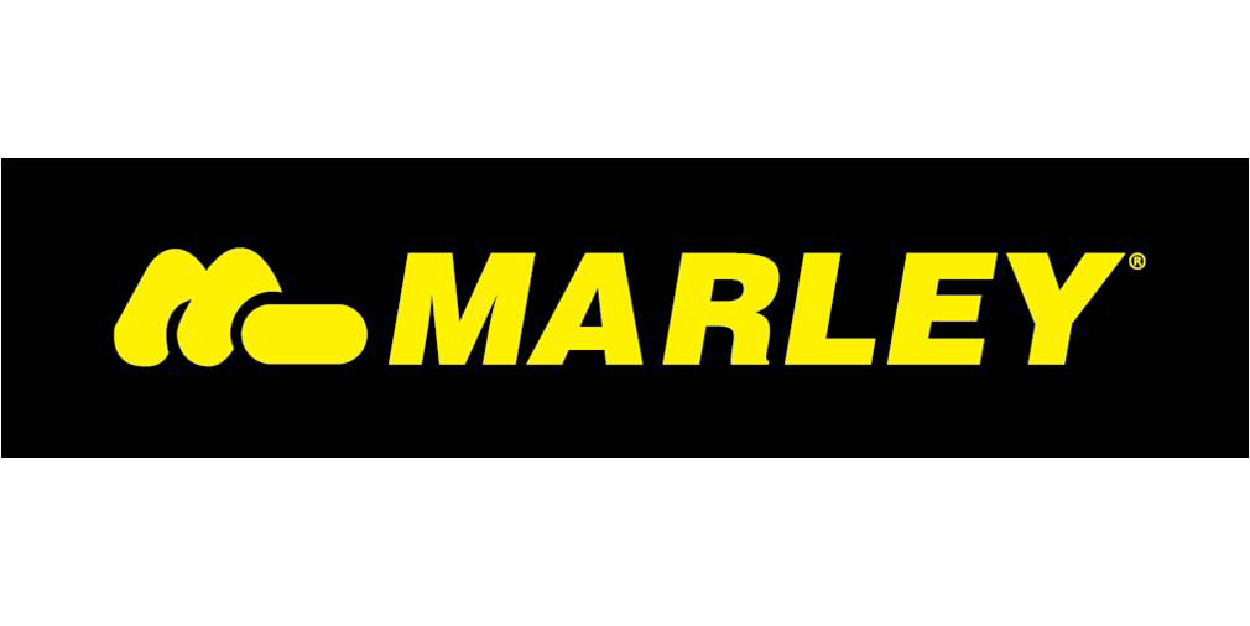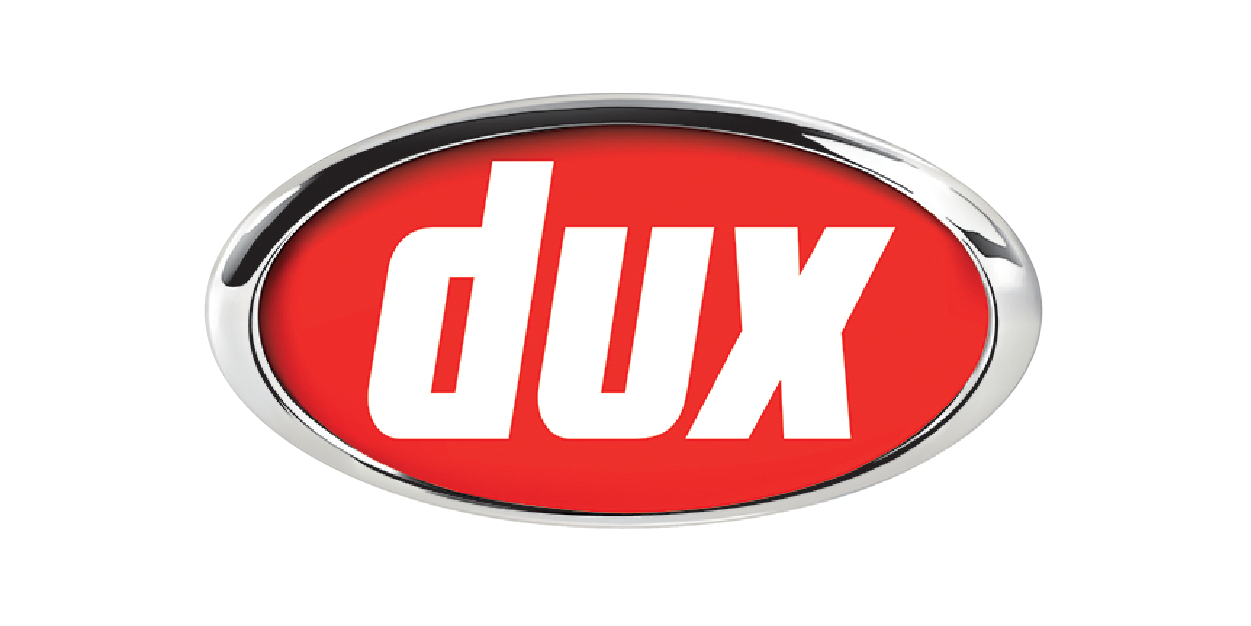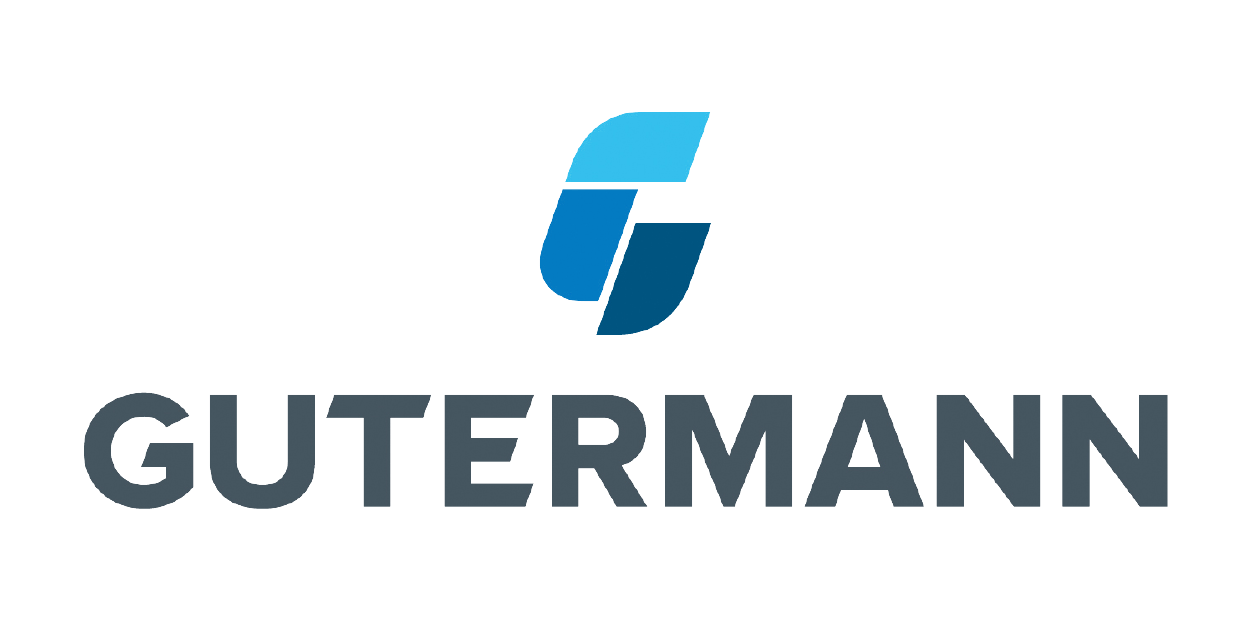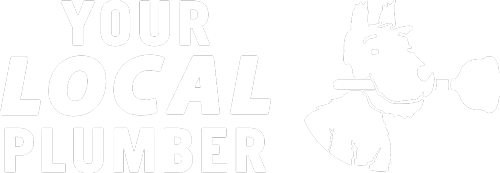
Call Today 09 973 4973 or
Fire suppression systems play a pivotal role in protecting buildings, assets, and lives from the devastating effects of fires. However, like any other system, they can develop leaks over time that can compromise their effectiveness. This article discusses the importance of leak detection in fire suppression systems, the types of leaks that can occur, and the methods used for detecting these leaks.
Fire Suppression Systems: An Overview
Fire suppression systems are designed to detect and extinguish fires in buildings to safeguard lives and limit property damage. They can be automatic, such as fire sprinkler systems and clean agent systems, or manual, such as fire extinguishers. These systems are designed to respond rapidly and effectively to fires, but a leak could impede their functionality and lead to disastrous consequences.
Consequences of Leaks in Fire Suppression Systems
Leaks in fire suppression systems can have significant implications. If a leak causes a decrease in the system’s pressure, the system might not activate when a fire occurs, putting lives and property at risk. Furthermore, leaks can lead to unnecessary water damage in the case of sprinkler systems or loss of expensive clean agent gases. Lastly, regular leaks can increase maintenance costs and the system’s overall lifecycle cost.
Common Types of Leaks in Fire Suppression Systems
Leaks in fire suppression systems can arise from a variety of sources. For sprinkler systems, common leak points include sprinkler heads, valves, and pipe joints. For clean agent systems, leaks can occur at cylinder valves, pipe connections, or nozzles. Aging, improper installation, and physical damage are common causes of these leaks.
Detecting Leaks in Fire Suppression Systems
Several methods can be used to detect leaks in fire suppression systems. For sprinkler systems, visual inspection can often identify leak points as water spots or rust on the system components. In more advanced techniques, pressure testing can be used to verify the system’s integrity. For clean agent systems, halogen leak detectors can be used to identify the presence of leaking gas.
Professional Services for Leak Detection in Fire Suppression Systems
Given the critical role of fire suppression systems and the potential implications of leaks, it’s crucial to engage professional leak detection services. These experts have the necessary training, experience, and tools to accurately detect and locate leaks, ensuring the system’s proper function. Additionally, they can carry out necessary repairs or maintenance to prevent future leaks, providing peace of mind that the system will perform when needed.
In conclusion, detecting leaks in fire suppression systems is crucial in ensuring their functionality and effectiveness in protecting lives and property. With regular inspections and professional leak detection services, leaks can be identified and rectified promptly, ensuring the system’s readiness in case of a fire emergency.
Suppliers




